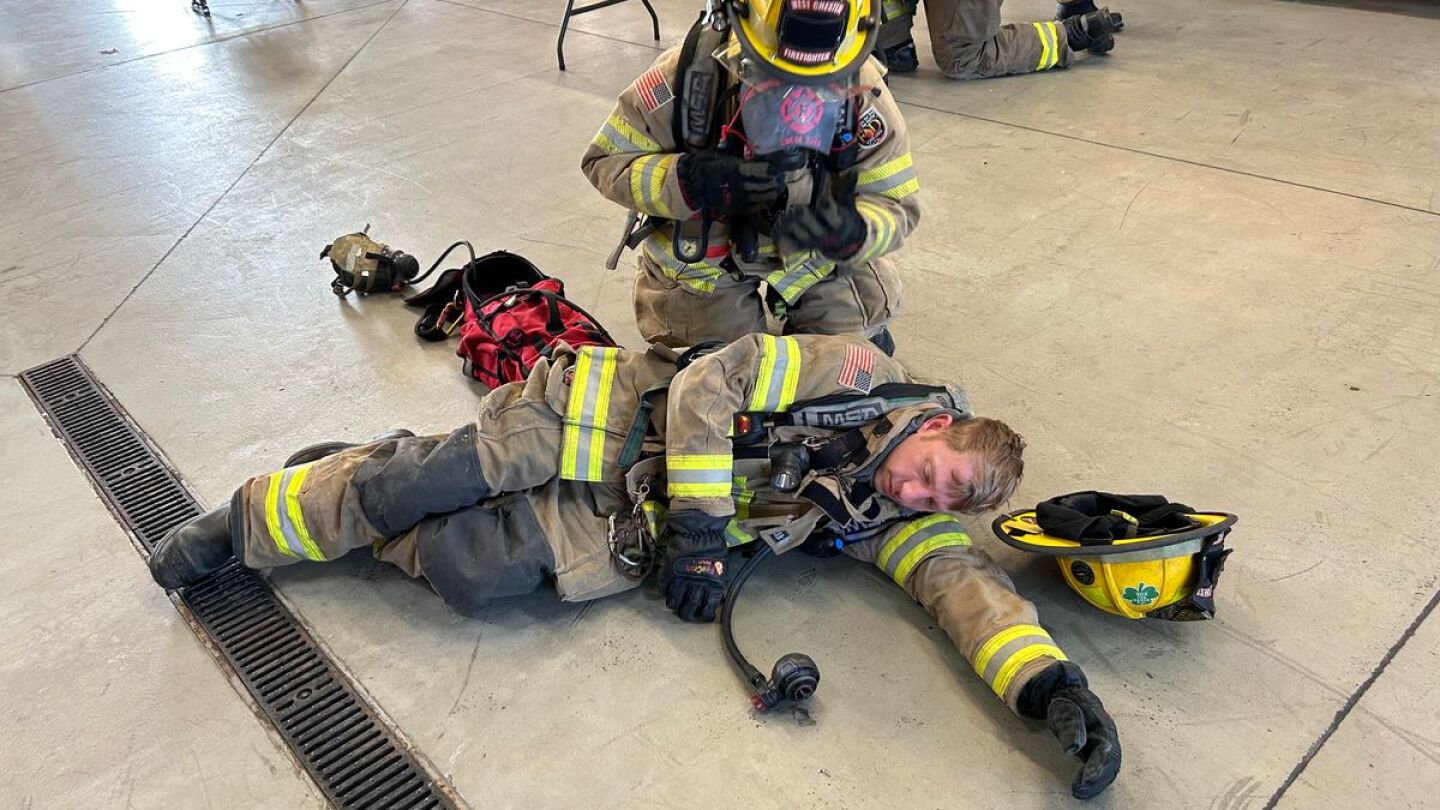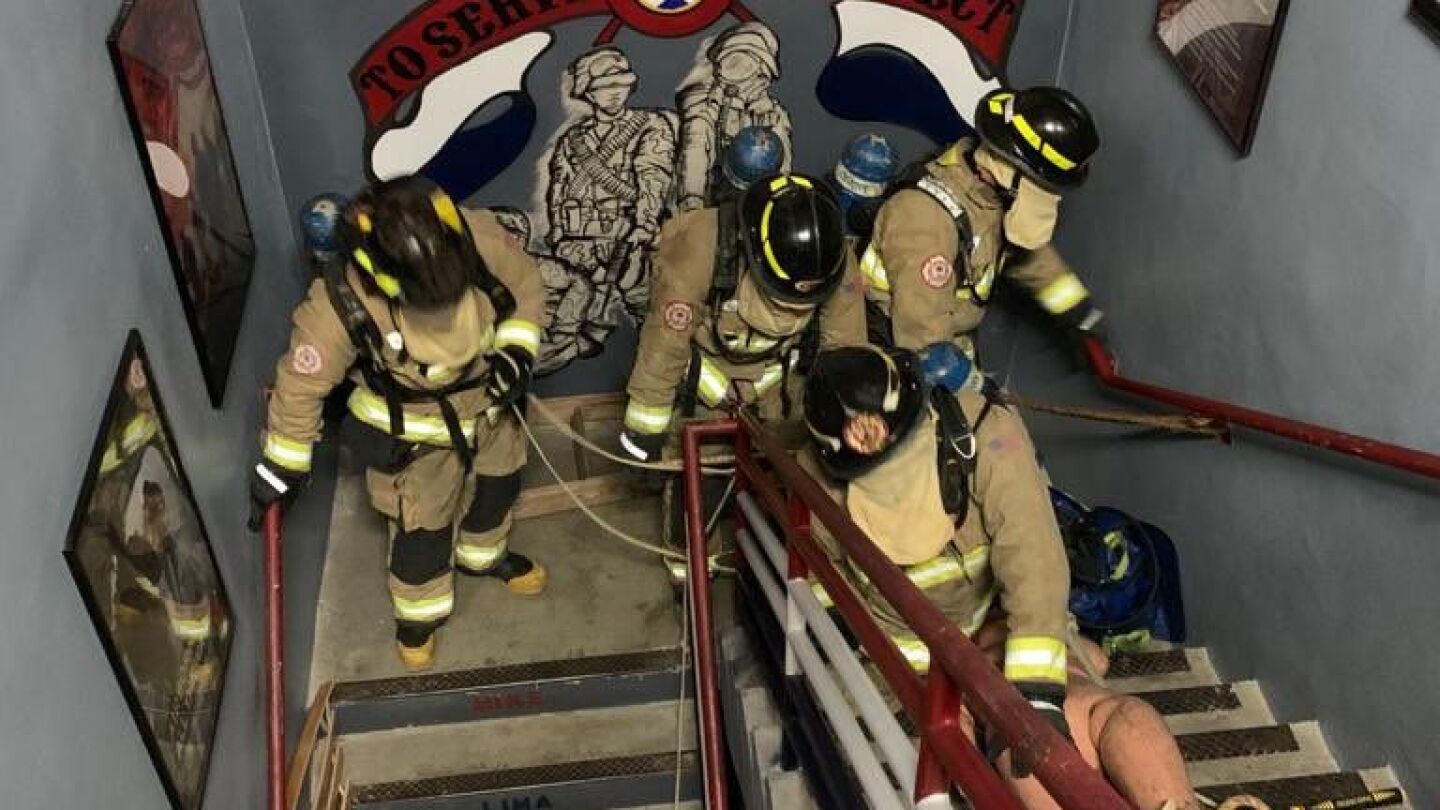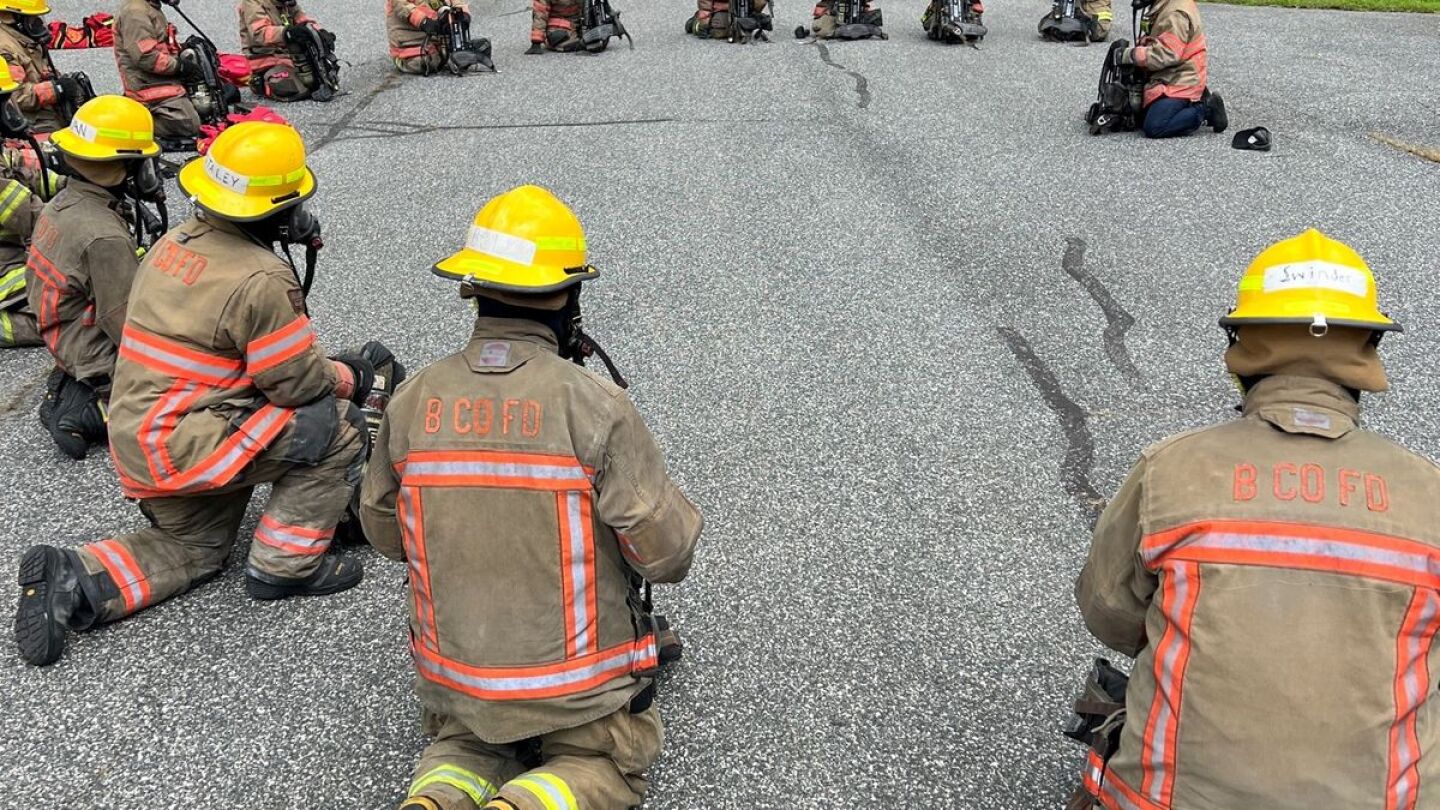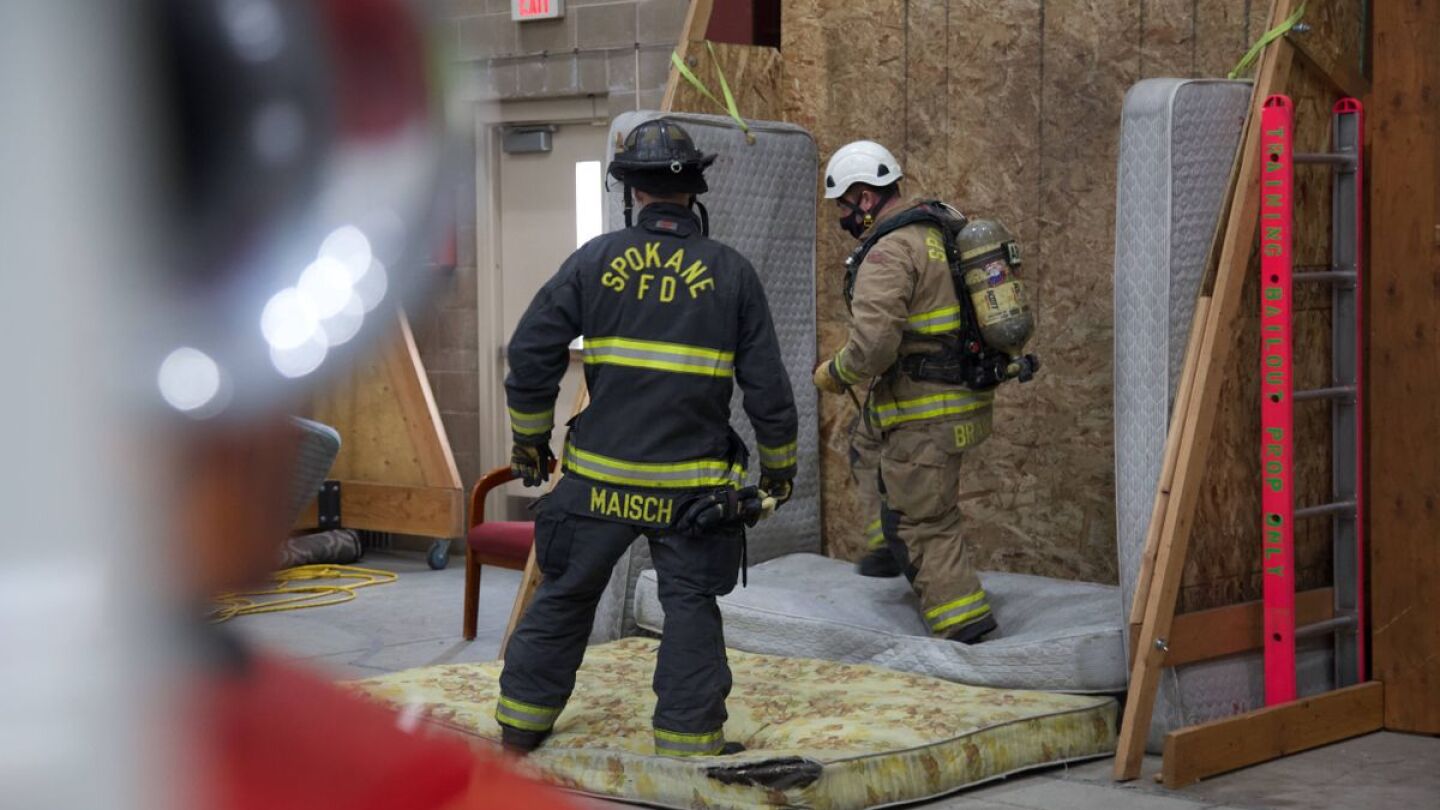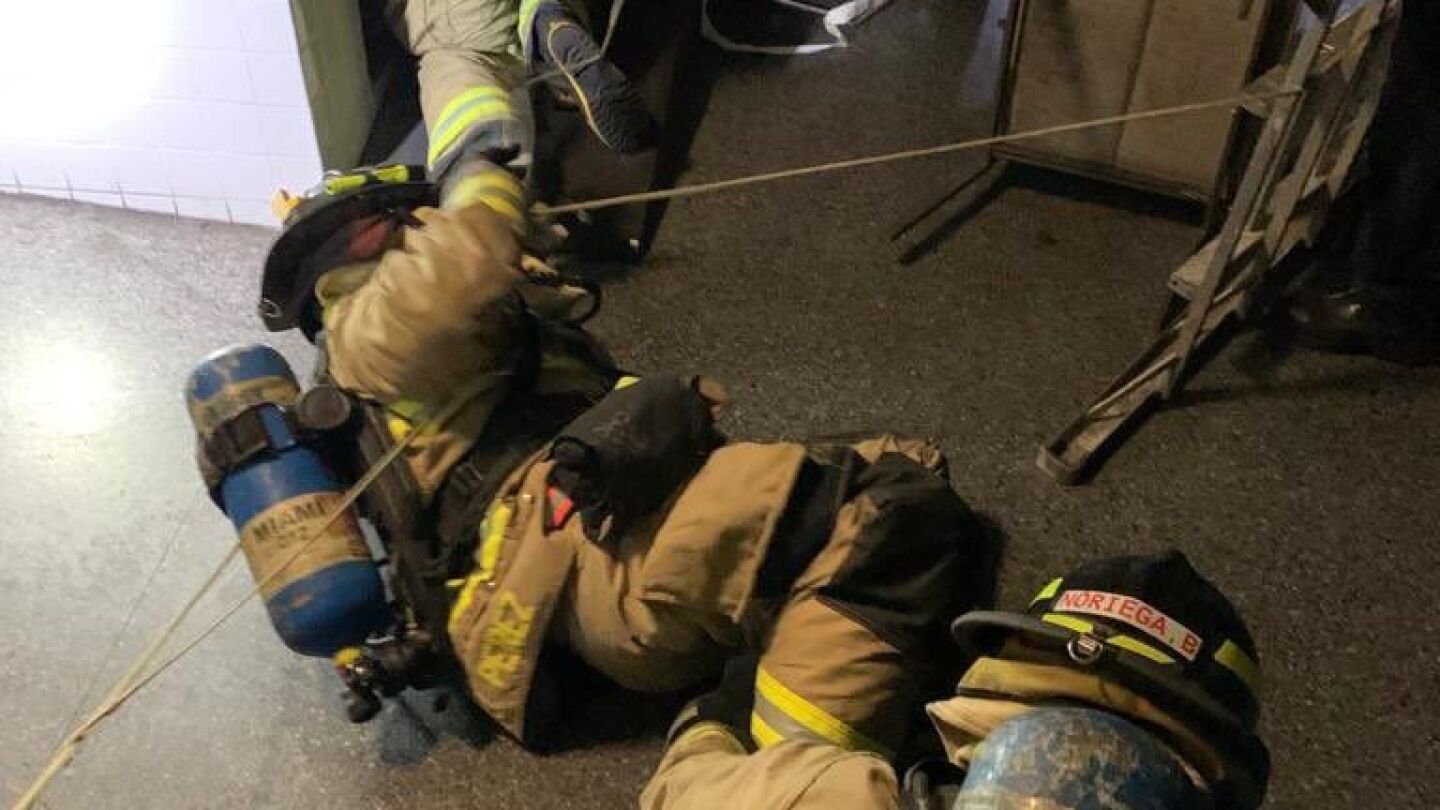Level up your mayday training
FireRescue1’s most popular special coverage series last year was “Your Mayday Survival Guide,” an in-depth look at mayday incidents and operational response. Following on the success of that special series, this follow-up series shifts from operations to training, preparing members at all ranks for what they could face on the fireground or incident scene. Specifically, the guide addresses how to develop a culture of mayday training, introduces basic RIT training for rookies, details advanced scenario-based mayday training, and offers simple steps to help build muscle memory. Share the full series with your training team and your crew to level up your mayday training.
Crews should train on implementing IRICs and placing rescue tools, all while following key standards
How to implement mayday-focused policies in an actionable and relatable way that builds muscle memory for these events
From prevention to data-driven decision-making, department leaders must set the tone for mayday-minded training
Officers must take personal responsibility for member readiness and plan single-company and multi-company drills to hone their own command skills
This unique mayday drill is highly realistic and physically demanding
Starting with mayday basics, like when and how to call a mayday, primes them for actual emergencies and sets a foundation for more advanced training
Four simple steps to teach rookies about the seriousness of mayday incidents
Here’s how L3Harris’s new model meets the new NFPA 1802 standard
The training officer explains the physiological response during a mayday incident and why training that’s too difficult can build problematic habits
Download a copy of the Guide and level-up your operations by creating a culture of mayday training and designing rookie-, basic-, and advanced-level drills
Tips for enhancing your live-fire training, focusing on factors like ALS transport, hoseline deployment, gpms, interior and exterior safety officers, and more
It can be VERY realistic without being dangerous; you just need the right instructors
Fire service leaders reflect on Abbott’s legacy, from Project Mayday to Abbottville and all facets of command training
Focus on defined instructor requirements, limited exposure time and EMS availability
Simple ways to support firefighter behavioral health following a potentially traumatic event



